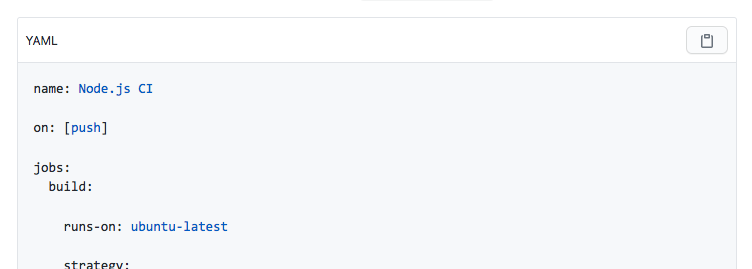зеркало из https://github.com/github/docs.git
54 строки
1.1 KiB
Markdown
54 строки
1.1 KiB
Markdown
Markdown and Liquid rendering pipeline.
|
|
|
|
## Usage
|
|
|
|
```js
|
|
const renderContent = require('.')
|
|
|
|
const html = await renderContent(`
|
|
# Beep
|
|
{{ foo }}
|
|
`, {
|
|
foo: 'bar'
|
|
})
|
|
```
|
|
|
|
Creates:
|
|
|
|
```html
|
|
<h1 id="beep"><a href="#beep">Beep</a></h1>
|
|
<p>bar</p>
|
|
```
|
|
|
|
## API
|
|
|
|
### renderContent(markdown, context = {}, options = {})
|
|
|
|
Render a string of `markdown` with optional `context`. Returns a `Promise`.
|
|
|
|
Liquid will be looking for includes in `${process.cwd()}/includes`.
|
|
|
|
Options:
|
|
|
|
- `encodeEntities`: Encode html entities. Default: `false`.
|
|
- `fileName`: File name for debugging purposes.
|
|
- `textOnly`: Output text instead of html using [cheerio](https://ghub.io/cheerio).
|
|
|
|
### .liquid
|
|
|
|
The [Liquid](https://ghub.io/liquidjs) instance used internally.
|
|
|
|
### Code block headers
|
|
|
|
You can add a header to code blocks by adding the `{:copy}` annotation after the code fences:
|
|
|
|
```js{:copy}
|
|
const copyMe = true
|
|
```
|
|
|
|
This renders:
|
|
|
|

|
|
|
|
The un-highlighted text is available as `button.js-btn-copy`'s `data-clipboard-text` attribute.
|